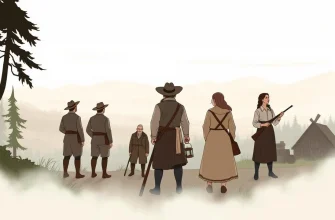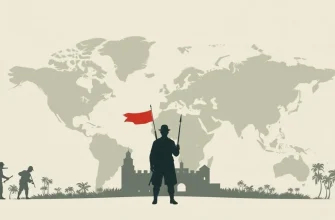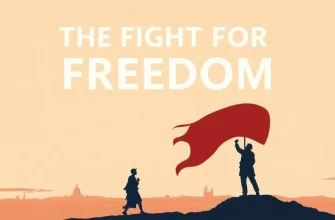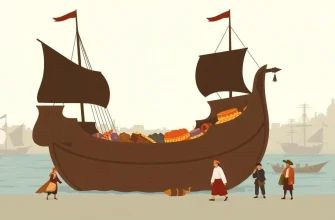The colonization of America is a pivotal chapter in world history, marked by exploration, conflict, and the birth of a new nation. These films delve into the complex tapestry of this era, offering viewers a glimpse into the lives of settlers, Native Americans, and the forces that shaped the continent. From the early encounters between Europeans and indigenous peoples to the establishment of colonies, these movies provide a rich, cinematic exploration of a transformative period in history.
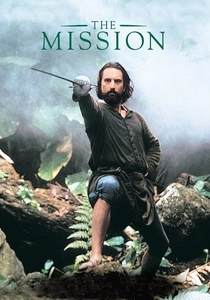
The Mission (1986)
Description: This film tells the story of Jesuit missionaries in 18th-century South America, dealing with the moral dilemmas of colonization, slavery, and the clash between European powers and indigenous peoples.
Fact: The film's score by Ennio Morricone won the Golden Globe for Best Original Score. It was also nominated for several Academy Awards.
 Watch Now
Watch Now 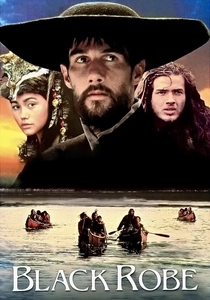
Black Robe (1991)
Description: This film follows a Jesuit priest's journey into the Canadian wilderness to convert the Huron people, offering a gritty and realistic portrayal of the cultural and religious conflicts during the early colonization period.
Fact: The film was shot in the harsh Canadian winter, providing an authentic backdrop to the story. It was also praised for its accurate depiction of Native American languages and customs.
 Watch Now
Watch Now 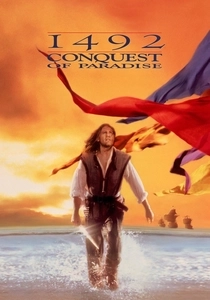
1492: Conquest of Paradise (1992)
Description: This epic film recounts Christopher Columbus's voyage to the New World, highlighting the challenges he faced and the impact of his discovery on both Europe and the Americas.
Fact: The film was released to coincide with the 500th anniversary of Columbus's arrival in the Americas. It was also one of the first major films to use digital technology for its special effects.
 Watch Now
Watch Now 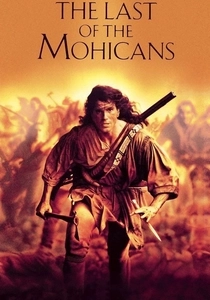
The Last of the Mohicans (1992)
Description: Set during the French and Indian War, this film explores the struggle between the British, French, and Native American tribes, with a focus on the Mohican tribe's fight for survival amidst the colonial conflicts.
Fact: The film's score by Trevor Jones and Randy Edelman became iconic, with the main theme often used in other media. Daniel Day-Lewis learned to speak Mohican for his role.
 Watch Now
Watch Now 
Squanto: A Warrior's Tale (1994)
Description: This film focuses on the life of Squanto, a Patuxet Native American who played a key role in the early relations between the Pilgrims and Native Americans, offering a unique perspective on the colonization narrative.
Fact: The film was shot in Canada and New England, aiming for historical accuracy in depicting Native American life and customs.
 Watch Now
Watch Now 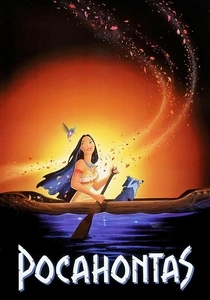
Pocahontas (1995)
Description: Disney's animated take on the story of Pocahontas, this film romanticizes the early interactions between the English settlers and the Powhatan tribe, focusing on themes of love, understanding, and environmental respect.
Fact: The film was criticized for historical inaccuracies but praised for its music, with songs like "Colors of the Wind" winning an Academy Award.
 Watch Now
Watch Now 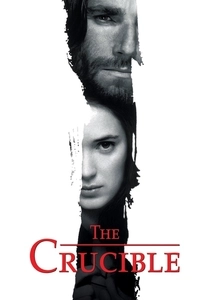
The Crucible (1996)
Description: While not directly about colonization, this film set in 1692 Salem, Massachusetts, explores the hysteria of the witch trials, reflecting the societal tensions and moral conflicts of the early colonial period.
Fact: The screenplay was adapted from Arthur Miller's play, which was itself a commentary on McCarthyism. Daniel Day-Lewis and Winona Ryder star in this intense drama.
 Watch Now
Watch Now 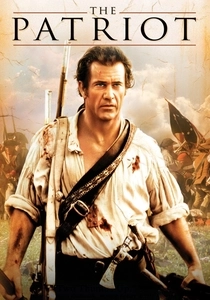
The Patriot (2000)
Description: Set during the American Revolutionary War, this film examines the struggle for independence from British rule, showcasing the personal and political conflicts of the time.
Fact: Mel Gibson, who stars as the lead, also produced the film. It was noted for its historical inaccuracies but praised for its action sequences and emotional depth.
 Watch Now
Watch Now 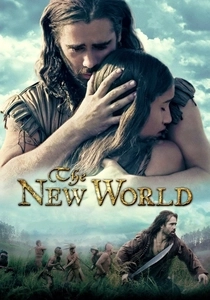
The New World (2005)
Description: This film captures the initial encounter between the English settlers and the Powhatan Confederacy, focusing on the love story between John Smith and Pocahontas. It's a poetic and visually stunning depiction of the clash of cultures.
Fact: The film was shot on location in Virginia, where much of the historical events took place. The movie's score, composed by James Horner, was nominated for an Academy Award.
 Watch Now
Watch Now 
The Light in the Forest (1958)
Description: This lesser-known film tells the story of a young white boy raised by Native Americans who must return to his biological family, exploring themes of identity, belonging, and cultural clash during the colonial era.
Fact: The film was based on a novel by Conrad Richter and was one of the first to address the complexities of Native American and settler relations in a nuanced way.
 30 Days Free
30 Days Free 


